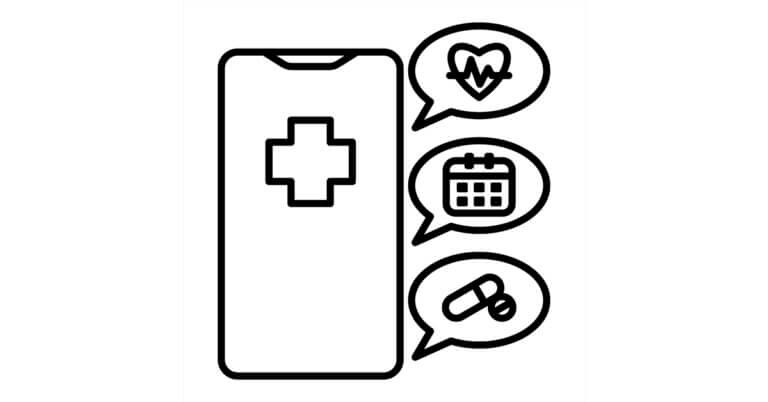August 3, 2022

If a Man Bites a Dog, Will Healthcare Spending Go Down?
I’m a sucker for a man-bites-dog story. You know, the kind of story that bucks conventional wisdom. As a news junkie, I like to read them. And, as a journalist, I like to write them.
Here are two that caught my eye last month that may challenge your belief that bending the healthcare cost curve is next to impossible.
The first is a four-page research brief from Altarum, the Ann Arbor, Mich.-based not-for-profit health research organization. You can download the research brief here.
Altarum analysts calculated that inflation-adjusted national health expenditures fell for the first time in 60 years in the first quarter of this year after a “flat” 2021. Fell, as in actually went down. Less than zero. Not simply a smaller increase. NHE declined 1.7 percent from January through March, Altarum said.
“This decline in real health care spending is driven largely by a decline in health care price growth relative to economywide inflation,” Alterum said.
In other words, everything else went up so much so fast, healthcare went down as a result. Think of that squeezing-the-balloon analogy that healthcare pundits on the conference speaking circuit like to use.
Alas, the good times won’t last. Altarum said it expects healthcare costs to rebound as the impact from higher negotiated payment rates between providers and payers start to catch up with everything else.
Still, “The decline in real health care spending is offering a bit of a much-needed respite to otherwise extremely tight consumer budgets in 2021 and 2022,” the report said.
That’s my segue into the second man-bites-dog story, and that’s a 17-page issue brief from the Employee Benefit Research Institute. You can download the issue brief here.
EBRI’s issue brief is based on an analysis of about 45.3 million claims from patients enrolled in employer-sponsored health plans for at least one year between 2013 and 2020. Here’s what the analysis found:
- Patients’ share of their medical expenses that they paid out of pocket dropped to 16.2 percent in 2020, down from 19 percent in 2019
- Inflation-adjusted deductibles for family coverage dropped slightly to $3,722 in 2020, down from $3,746 in 2019
- Inflation-adjusted deductibles for individual coverage also dropped slightly to $1,945 in 2020, down from $1,979 in 2019
- The average annual actual out-of-pocket spending per patient dropped to $811 in 2020, down from $906 in 2019
I realize that these drops are nominal, but they are drops nonetheless. As they say, it’s better than a stick in the eye.
Or, as EBRI put it: “We find that most people covered by a workplace-sponsored health plan have not seen their out-of-pocket expenditures increase significantly.”
But, like the Altarum reports said, all good things must come to an end. EBRI attributed the declines to COVID-19 and its effect on patients’ use of the healthcare system, which experts project will rebound as the pandemic ebbs: “The decrease in the share of medical expenditures paid out of pocket by patients we observe in 2020 is more likely attributable to the pandemic rather than the start of a secular trend.”
So, as these two man-bites-dog stories show, bending the healthcare cost curve is possible. It just takes a 40-year high in inflation and a once-in-a-century pandemic to make it happen.
Thanks for reading.





